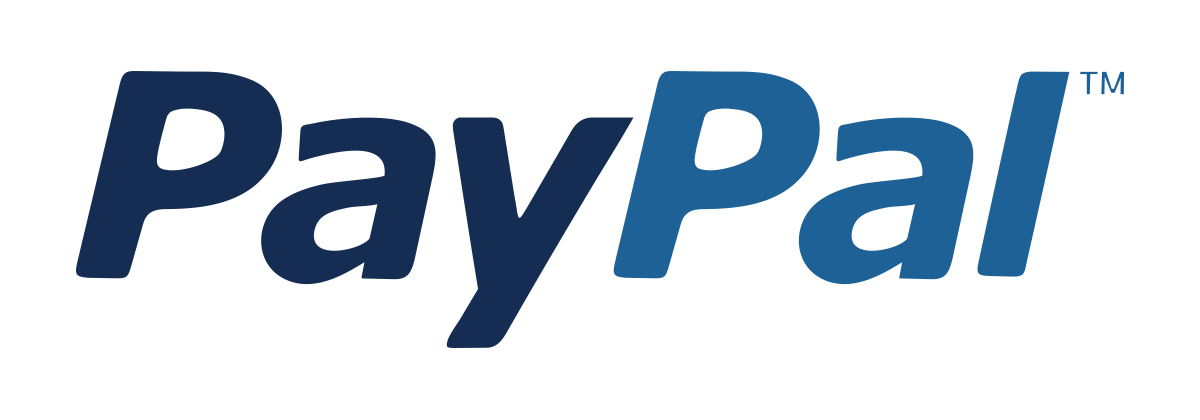Datadog
Learn Cloud Monitoring, Log Management, Metrics Analysis, and Full-Stack Observability with Datadog for DevOps and Site Reliability Engineering.Preview Datadog course
Price Match Guarantee Full Lifetime Access Access on any Device Technical Support Secure Checkout Course Completion Certificate 92% Started a new career
BUY THIS COURSE (
92% Started a new career
BUY THIS COURSE (GBP 12 GBP 29 )-
 82% Got a pay increase and promotion
82% Got a pay increase and promotion
Students also bought -
-
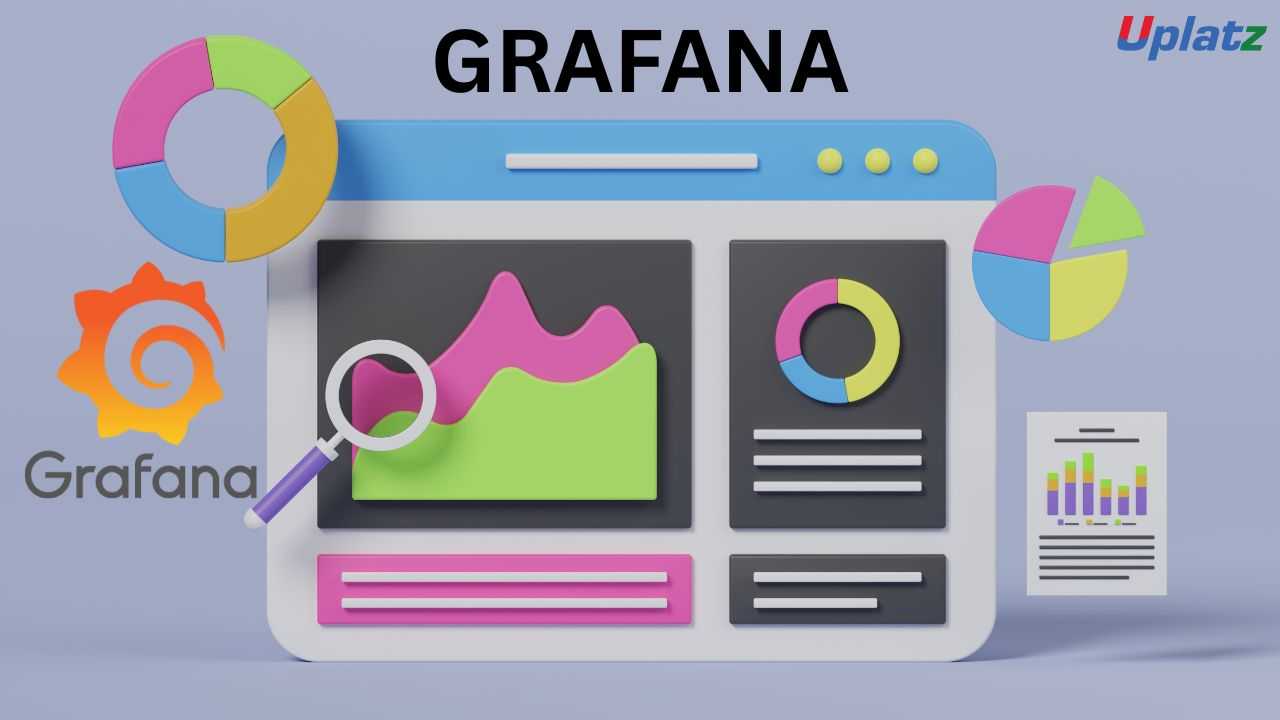
- Grafana
- 10 Hours
- GBP 12
- 10 Learners
-
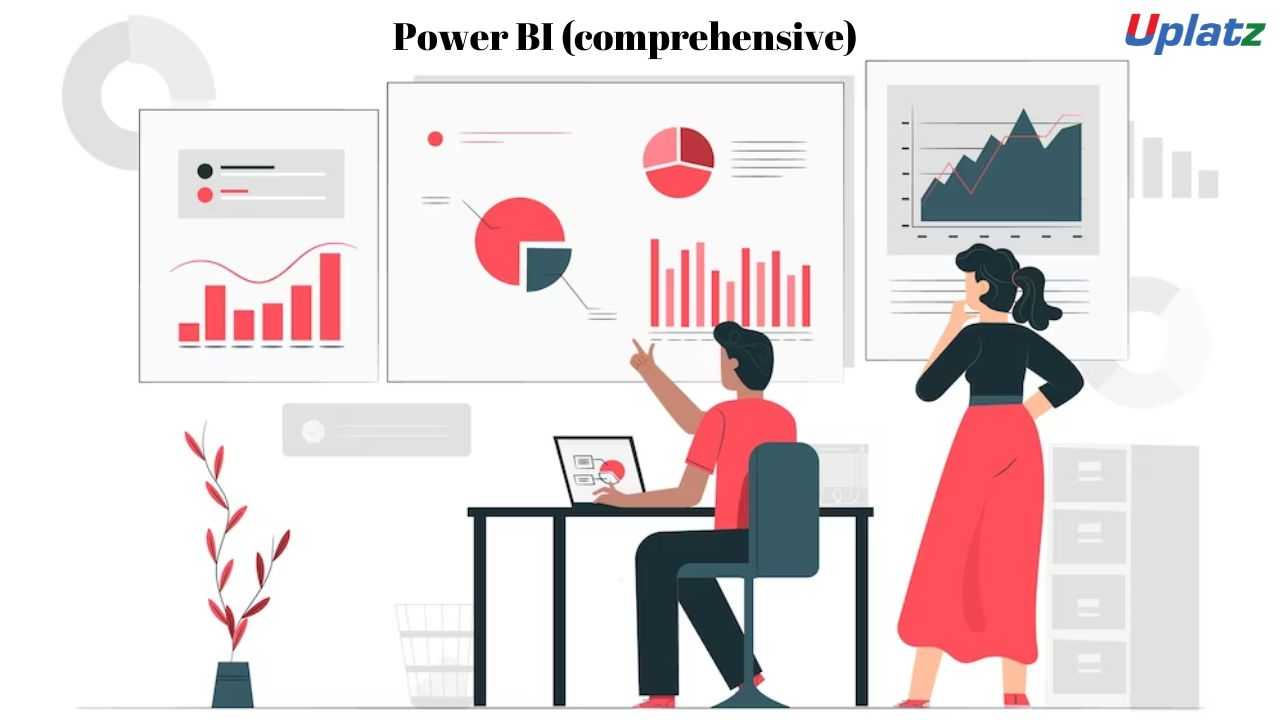
- Power BI (comprehensive)
- 18 Hours
- GBP 12
- 471 Learners
-
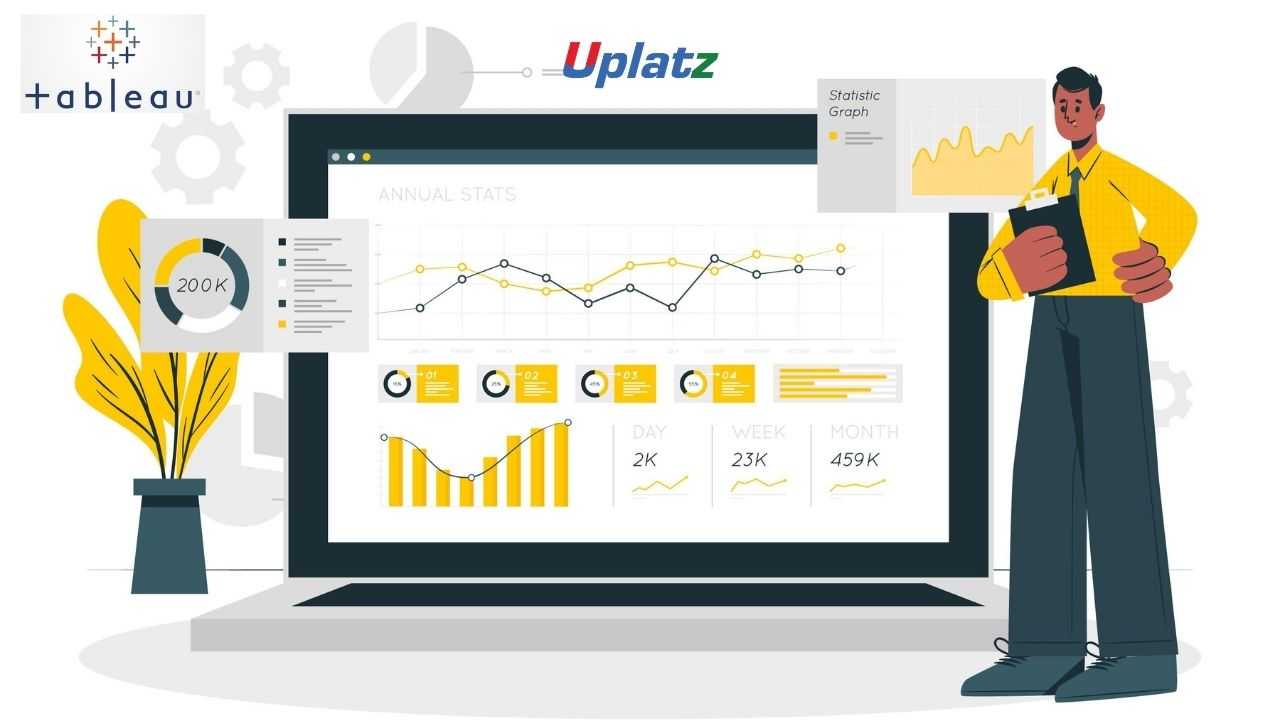
- Tableau (comprehensive)
- 20 Hours
- GBP 12
- 372 Learners
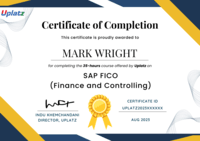
Datadog: Master Cloud Monitoring, Observability & Automation – Self-Paced Online Course
In the modern digital ecosystem, where uptime, performance, and rapid deployment cycles are critical to business success, real-time visibility into your infrastructure and applications is not just a luxury—it's a necessity. Datadog stands out as a unified monitoring and observability platform, designed for dynamic, cloud-scale environments. This comprehensive self-paced course is tailored for DevOps engineers, site reliability engineers (SREs), cloud architects, and anyone responsible for monitoring and optimizing system performance.
This course begins with a solid foundation in Datadog’s architecture and core components, including the Agent, Integrations, Infrastructure Monitoring, Log Management, Application Performance Monitoring (APM), and the Datadog API. You’ll learn how to deploy and configure the Datadog Agent on various environments—from bare-metal servers and virtual machines to Kubernetes clusters and multi-cloud platforms like AWS, Azure, and Google Cloud. Learners will gain real-time insight into system health by collecting metrics, traces, and logs across distributed environments.
As the course progresses, you'll be introduced to Datadog’s intuitive and powerful dashboarding capabilities. You'll learn how to build real-time visualizations using custom widgets, time-series graphs, service maps, and heatmaps to monitor everything from CPU usage and database latency to network traffic and custom business KPIs. By leveraging tags, filters, and aggregation functions, learners will design dashboards that provide actionable insights tailored to specific roles, teams, or use cases.
Another critical area of focus is log management and analytics. This course teaches you how to collect logs from applications, containers, cloud services, and system components, then route, parse, and analyze them through log pipelines, processing rules, and pattern matching. You'll gain expertise in building alert conditions based on log content, setting up retention policies, and troubleshooting application errors quickly using real-world scenarios.
One of the course’s most valuable aspects is its emphasis on Application Performance Monitoring (APM) and distributed tracing. Learners will instrument web applications, microservices, and APIs to analyze request flows, detect slow dependencies, identify resource bottlenecks, and monitor service-to-service communication across multiple environments. You’ll work with flame graphs, latency histograms, and trace search features to perform deep performance diagnostics—critical skills for any modern DevOps or software engineering role.
The course also dives into synthetic monitoring and real user monitoring (RUM), teaching you how to simulate user interactions and validate uptime and performance from various global locations. You’ll learn how to set up browser tests, API checks, and transaction recordings that ensure your applications are available and responsive at all times. These modules prepare you to proactively detect and resolve issues before they impact real users.
Datadog is a powerful tool not only for monitoring but also for automation and DevOps integration. You’ll explore alerting and anomaly detection, configuring monitors that trigger when thresholds are breached or unusual behavior is detected. From there, the course walks you through incident workflows, notification channels, and third-party integrations with tools such as Slack, PagerDuty, Jira, ServiceNow, GitHub, Terraform, and Jenkins. You’ll build end-to-end pipelines where alerts automatically generate tickets or notify engineering teams with relevant trace and log context attached.
A special module is dedicated to infrastructure-as-code (IaC) and Datadog’s API, where learners will write scripts and use automation tools to deploy dashboards, monitors, and configurations programmatically. This is especially valuable in large-scale environments or CI/CD pipelines, where automation accelerates feedback loops and reduces manual errors.
The course also prepares learners for the Datadog Certification exam, offering tips, best practices, and knowledge checks that reflect the format and content of the real test. Whether you are aiming for the Datadog Certified Monitoring Professional title or simply want to demonstrate your practical expertise, the course ensures you're exam-ready with confidence.
Throughout the course, you’ll engage with real-world case studies, downloadable labs, and guided projects that reinforce learning through application. Scenarios cover a wide range of industries and challenges—from e-commerce performance issues to multi-region cloud migrations—giving you a broad understanding of how Datadog fits into different enterprise settings.
By the end of the course, you’ll be equipped to:
-
Monitor full-stack performance with dashboards, APM, and log analytics.
-
Troubleshoot performance issues with distributed tracing and real-time logging.
-
Automate incident detection and response with intelligent monitors and integrations.
-
Ensure reliability and availability using synthetic testing and SLOs.
-
Integrate observability with DevOps workflows, enabling a culture of continuous improvement.
Whether you're a seasoned IT professional looking to level up your observability game or a newcomer eager to break into cloud operations, this course offers a complete, structured, and hands-on pathway to becoming a Datadog power user.
With lifetime access, community support, and expert mentorship, this course is more than a training program—it’s a launchpad for a career in high-demand fields such as DevOps, Cloud Monitoring, and Site Reliability Engineering.
Course/Topic 1 - Coming Soon
-
The videos for this course are being recorded freshly and should be available in a few days. Please contact info@uplatz.com to know the exact date of the release of this course.
This course is designed to provide learners with a solid foundation in Datadog and progressively build toward advanced observability, monitoring automation, and DevOps integration.
By the end of this course, learners will be able to:
-
Understand the architecture of Datadog and its major components (Agent, Integrations, APM, Logs, and Monitors).
-
Deploy and configure the Datadog Agent on virtual machines, containers, and cloud environments.
-
Collect, analyze, and visualize logs and metrics in real time using dashboards and custom queries.
-
Set up distributed tracing and APM for monitoring performance across services and requests.
-
Monitor infrastructure performance across cloud platforms (AWS, Azure, GCP) and Kubernetes clusters.
-
Configure monitors, alerts, and anomaly detection for proactive incident response.
-
Perform synthetic and browser testing to validate application uptime and user journey flows.
-
Create Service Level Objectives (SLOs) and integrate them into dashboards and alerts.
-
Automate observability workflows using the Datadog API, Terraform, and CI/CD tools.
Integrate Datadog with Slack, PagerDuty, and other collaboration platforms for intelligent alerting.
Datadog – Course Syllabus
1. Introduction to Datadog
-
What is Datadog and its architecture
-
Key Datadog products: Infrastructure, APM, Logs, Synthetics, Security
-
Datadog Agent and integrations overview
-
Setting up a trial account and environment
-
Use cases: Cloud monitoring, DevOps, SecOps, business metrics
2. Infrastructure Monitoring
-
Installing and configuring the Datadog Agent
-
Auto-discovery and tagging of cloud infrastructure (AWS, Azure, GCP)
-
Host maps, dashboards, and overview pages
-
Monitoring containers (Docker, Kubernetes)
-
Custom metrics using StatsD and DogStatsD
3. Application Performance Monitoring (APM)
-
Enabling APM for supported languages (Python, Java, Node.js, etc.)
-
Distributed tracing fundamentals
-
Analyzing traces and service dependencies
-
Service maps, trace search, and trace analytics
-
Monitoring latency, throughput, and error rates (RED metrics)
4. Log Management & Analytics
-
Collecting logs via Agent, Fluentd, AWS Lambda, etc.
-
Log ingestion pipelines and parsing
-
Live Tail and log patterns
-
Log-based metrics and monitors
-
Archiving, retention, and security of logs
5. Real User & Synthetic Monitoring
-
Real User Monitoring (RUM) setup and dashboard
-
Synthetic tests: HTTP, browser, API, and CI tests
-
Uptime checks and error detection
-
Setting SLAs and visualizing performance trends
-
Multi-location and device-specific testing
6. Dashboards & Visualization
-
Creating timeboards and screenboards
-
Widgets: heatmaps, top lists, query values, etc.
-
Custom dashboards per team/use-case
-
Dashboard templating with tags
-
Sharing and exporting dashboards
7. Alerts, Events & Incident Management
-
Monitor types: metric, log, trace, composite, anomaly
-
Alert thresholds and multi-alerting strategies
-
Event stream and tagging best practices
-
Integrations with PagerDuty, Slack, Jira
-
Incident workflows and postmortem generation
8. Integrations & Automation
-
Integrating with cloud platforms (AWS, Azure, GCP)
-
Infrastructure-as-Code (IaC) with Terraform for dashboards and monitors
-
GitOps with Datadog Monitors
-
Webhooks and custom notifications
-
CI/CD integration: Jenkins, GitHub Actions, GitLab
9. Security Monitoring & Compliance
-
Overview of Datadog Security Monitoring
-
Detection rules, threat signals, and correlation
-
Cloud Security Posture Management (CSPM)
-
Compliance reports: PCI, SOC2, HIPAA
-
Integrating with SIEM or SOAR platforms
10. Real-World Projects & Certification Prep
-
Designing a full-stack observability solution
-
Monitoring a microservices app with logs, APM, infra, and synthetics
-
Performance tuning and cost optimization
-
Hands-on challenges and alerting scenarios
-
Preparing for Datadog Certified Monitoring & Security Professional (if applicable)
Upon successful completion of the course, learners will receive a Certificate of Completion from Uplatz, validating their expertise in using Datadog for monitoring and observability.
The certificate demonstrates your ability to set up and manage cloud monitoring, infrastructure visibility, log management, and performance diagnostics across distributed systems. It serves as a strong addition to your professional portfolio and is ideal for showcasing your technical capabilities in DevOps, SRE, and Cloud Engineering roles.
This course also prepares you for the Datadog Certified Monitoring Professional exam by covering key monitoring, alerting, and dashboarding skills that align with industry-recognized best practices.
Datadog skills are highly valued in companies that operate large-scale, distributed systems and cloud infrastructure. Roles that commonly seek Datadog expertise include:
-
Site Reliability Engineer (SRE)
-
DevOps Engineer
-
Cloud Engineer
-
Infrastructure Monitoring Analyst
-
Application Support Engineer
-
Observability Consultant
-
Platform Reliability Engineer
Industries such as technology, e-commerce, fintech, gaming, SaaS, and healthcare increasingly use Datadog to ensure optimal system performance, reduce downtime, and deliver consistent digital experiences.
-
What is Datadog used for?
Datadog is a cloud-based observability platform used for infrastructure monitoring, log management, APM, and real-time alerting. -
What are Datadog Integrations?
Integrations are pre-built configurations that allow Datadog to connect with various services like AWS, MySQL, Docker, and Kubernetes to collect metrics and logs. -
What does the Datadog Agent do?
The Agent collects metrics, logs, and traces from hosts and forwards them to Datadog for visualization and analysis. -
What is APM in Datadog?
Application Performance Monitoring provides distributed tracing, latency breakdowns, and performance metrics for backend services and applications. -
How are dashboards used in Datadog?
Dashboards visualize metrics, events, logs, and traces to help users monitor system health, detect anomalies, and make data-driven decisions. -
What is a monitor in Datadog?
A monitor watches over system metrics or logs and triggers alerts when certain thresholds or conditions are met. -
Can Datadog monitor Kubernetes?
Yes, Datadog offers full Kubernetes monitoring including node status, pod health, resource usage, and cluster-wide metrics. -
How does log processing work in Datadog?
Logs are collected, parsed with pipelines, tagged, and analyzed using queries and pattern recognition. -
How is Datadog used in DevOps?
It’s integrated into CI/CD pipelines, used for real-time monitoring, and supports auto-scaling, deployment tracking, and incident alerting. -
What is a synthetic test?
Synthetic tests simulate user interactions with applications to monitor uptime, response times, and page load performance.







